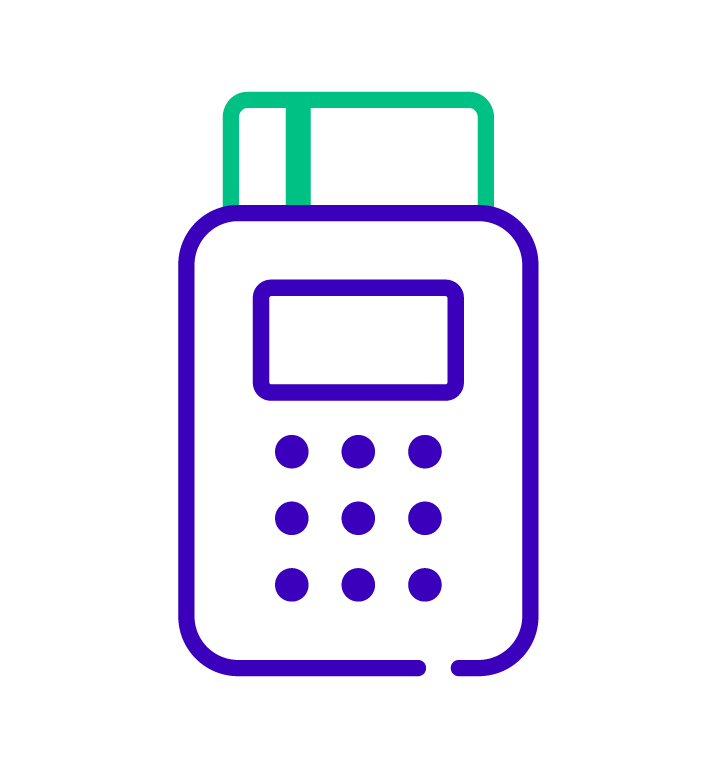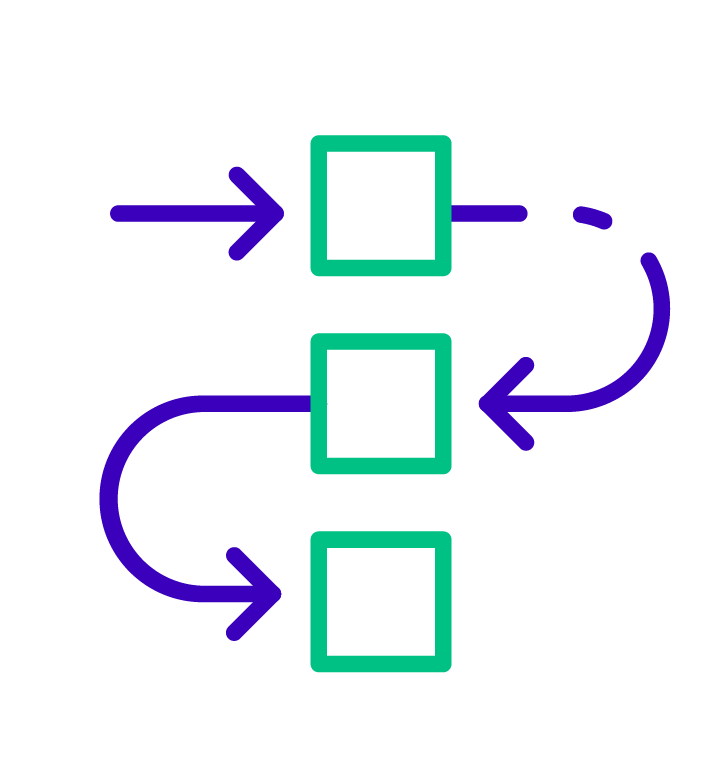Businesses fail to scale when they're unable to properly manage their finances.
The ratios you calculate from your company's financial accounts are useful indicators of the health of your organization. Stakeholders can use these ratios to learn important details about the business's operations and other factors. But if you’re unable to provide this information, how will you know where your business stands financially?
Stakeholders, especially investors and shareholders, place a great value on financial ratios. Internally, managers use these ratios as a yardstick to measure the success of their own departments. Investors can use financial ratios to gain insight into many different areas of a company such as measures of liquidity, profitability, efficiency, and market value.
Tracking your accounts receivable to sales ratio (A/R Sales) keeps you informed and protects you from liquidity problems. Here's how.

































































































